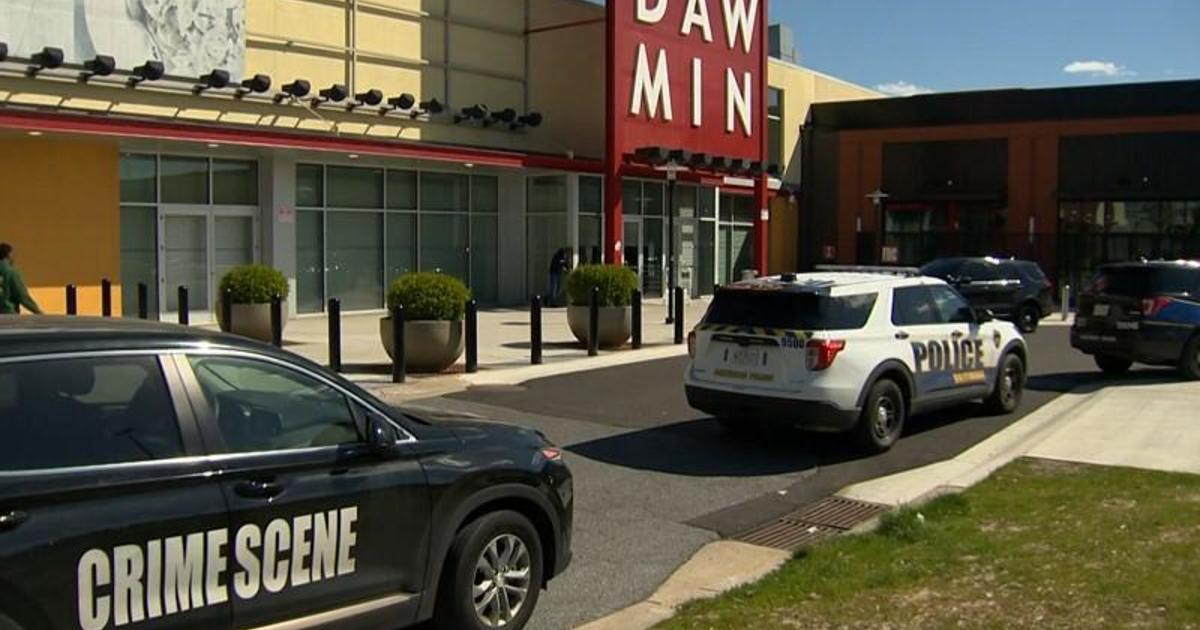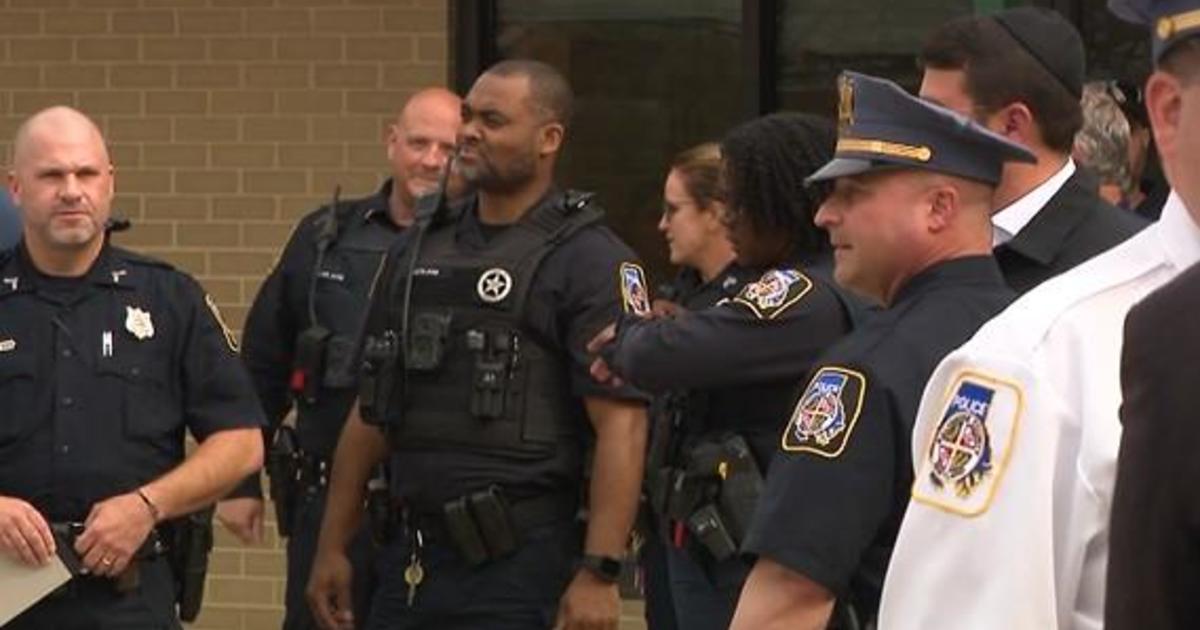Officials Say D.C. Is Better Prepared For Disasters
WASHINGTON (AP) -- The Washington area is better equipped to respond to emergencies after an earthquake and a freak snowstorm snarled traffic this year, federal and local officials said Wednesday before a Senate homeland security subcommittee.
More than 600,000 people live in the nation's capital, and the population roughly doubles on a typical workday, with nearly 490,000 commuters streaming into the city along with tourists and other visitors. When everyone tries to leave at the same time, it can overwhelm a transportation network that's pushed to the limit even on a typical day.
A fast-moving, rush-hour snowstorm on Jan. 26 caused some people to sit in their cars for up to 12 hours, while the 5.8-magnitude earthquake that shook the region on Aug. 23 also led to hours-long traffic jams.
In response, the federal Office of Personnel Management last week added a shelter-in-place option to its dismissal guide for workers in the region. Although it's meant to be implemented during terror attacks, it could also be used during natural disasters, said Dean Hunter, OPM's deputy director for facilities, security and contracting.
"The intent is for it to be used really in extreme circumstances along the lines of chemical and biological threats," Hunter said. "There could be a very short-term utility for a snow event."
In the case of snow, Hunter said OPM also hopes to avoid a repeat of January by advising people to work from home or take leave if the forecast is bad, and by staggering departure times.
Terrie Suit, Virginia's secretary of veterans affairs and homeland security, said OPM needs to be "careful about messaging" and may want to tell workers to "stay in place" rather than shelter in place unless going outside would truly jeopardize their safety.
"Staying in place has more of a temporary connotation," Suit said.
The hearing, chaired by Sen. Daniel Akaka, D-Hawaii, was less contentious than a similar D.C. Council hearing in October, where district officials acknowledged they were too slow to alert the public about the earthquake. District officials pledged that their first instruction during similar events in the future will be to stay put.
Akaka asked whether the region was hampered by the lack of a decision-making authority that can direct emergency response, as The Washington Post argued in an October editorial. Several officials responded that emergency response is most efficient when it's handled "from the ground up."
"We never manage the emergency on the ground from a central decision-maker's office from on high," Suit said, pointing out that Arlington, Va., fire department was first on the scene after the Sept. 11, 2001, attack on the Pentagon and managed the response from there.
Akaka said afterward that he was encouraged by the improved coordination between local and federal officials.
The hearing was held on the 70th anniversary of the Japanese attack on Pearl Harbor, and Sen. Mark Pryor, D-Ark., began by asking Akaka to share his memories of the attack, which he witnessed.
Akaka, who was 17 years old at the time, was in a boarding facility at his high school, "in the hills above Pearl Harbor," he said.
"I saw them torpedo the battleships (that) were moored there, and watched them sink in place, some of them," he said. Later, a squadron of Japanese planes flew over his head.
"They were green in color, and they had those rising suns on the wings."
Akaka attended a military-style high school, and his class was mobilized to help protect water systems.
"In a sense, immediately we were engaged," he said.
(Copyright 2011 by The Associated Press. All Rights Reserved.)



